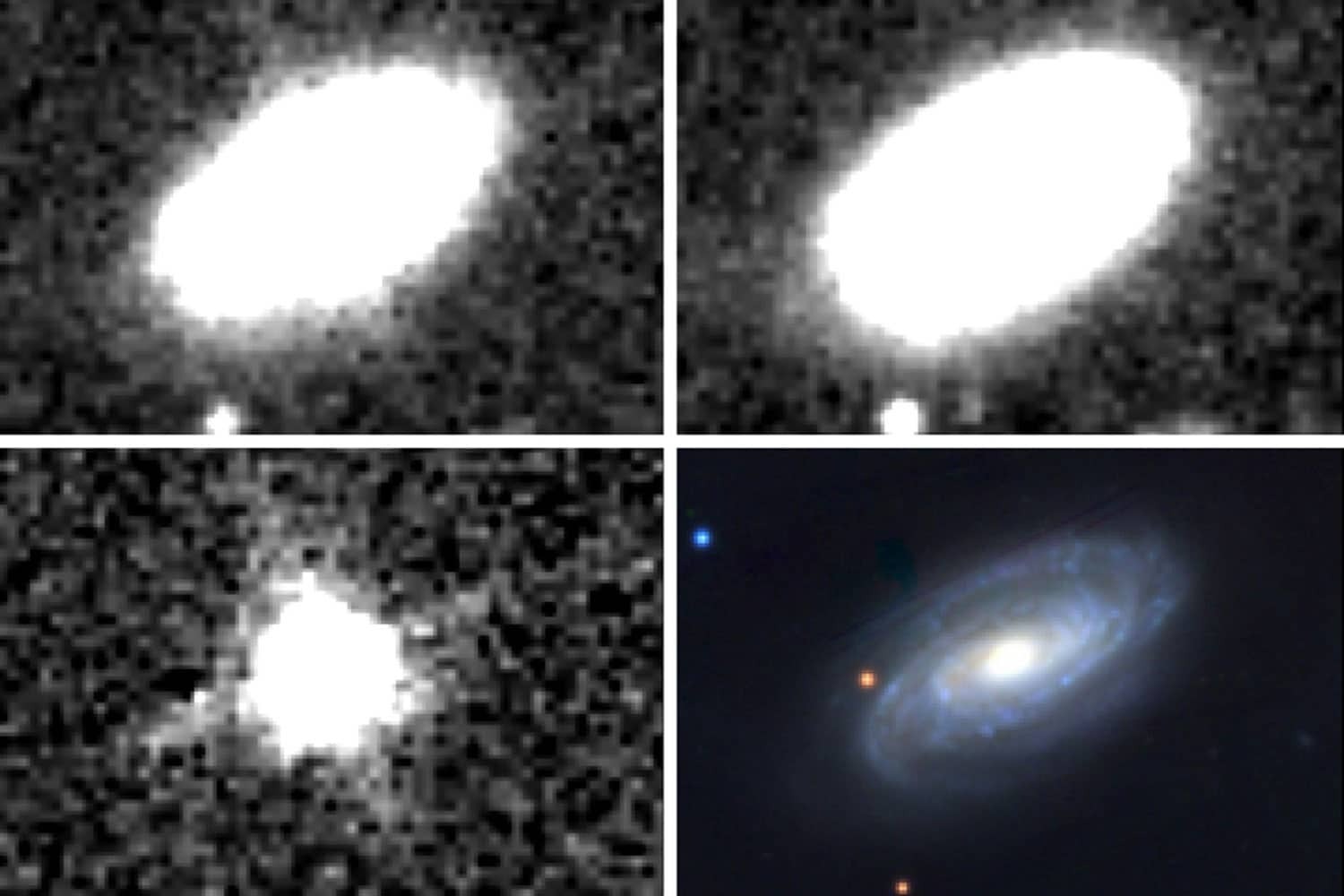Astronomers at the Massachusetts Institute of Technology have noticed infrared signs of the tidal disruption event (TDE) closest to Earth, which has been observed to date. A bright flare was detected in the galaxy NGC 7392, located 137 million light-years away from us. The flare was named WTP14adbjsh; it has never been distinguished in standard X-ray and optical observations before.

The vast majority of tidal disruption events were previously detected in the optical and X-ray ranges. But recent studies show that a significant part of the TDE is covered with dust, so they can only be seen in the infrared range. The event in NGC 7392 is one of the first cases when scientists directly have identified TDE in infrared waves.
According to scientists, traditional studies missed the neighboring TDE because this light was obscured by a huge amount of dust, which absorbed radiation and released heat in the form of infrared energy. The event was discovered in the NASA NEOWISE archive data. A bright flare was found in them, which appeared at the end of 2014. Based on the data obtained, scientists have collected data on many ground-based and space telescopes at different wavelengths, including infrared, optical and X-ray ranges. Then the researchers calculated that the culprit of the flare of tidal destruction was a supermassive black hole in the core of the galaxy about 30 million times larger than our Sun and 10 times larger than Sagittarius A* in the center of the Milky Way.
“The fact that optical and X-ray surveys missed this luminous TDE in our backyard is very illuminating and demonstrates that these surveys are only giving us a partial census of the total population of TDEs,” commented Suvi Gezari, head of the scientific staff of the Institute for Space Research using the Space Telescope in Maryland.
Earlier we talked about what black holes were and how they appeared.
According to The Astrophysical Journal Letters
Follow us on Twitter to get the most interesting space news in time
https://twitter.com/ust_magazine
